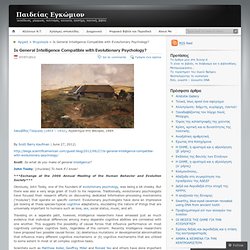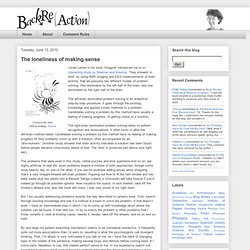

Crowdcast. Google. How people in your area spend money [INFOGRAPHIC] The personal finance site Mint aggregates spending data from four million users.
![How people in your area spend money [INFOGRAPHIC]](http://cdn.pearltrees.com/s/pic/th/infographics-visualization-37206982)
At the individual level, Mint is useful in that it brings all of your finances into one place. August 13, 1961: Berlin Wall « Millard Fillmore's Bathtub. 51 years ago today.

Soviet-bloc communism disabused us of a lot of ideas, including pointing out that when the amplification was turned up a lot, even Robert Frost could be wrong in the voice of his farmer and neighbor character, because high, concrete and concertina wire fences don’t make good neighbors. A rock wall in Vermont, like the one Robert Frost wrote about -Wikimedia image Of course, even in demonstrating Frost in error, the communists made the opening clause of “Mending Fences” more poignant: “Something there is that doesn’t love a wall . . .” Residents of Berlin awoke on August 13, 1961, to discover that the Soviet-dominated East Germany had begun constructing a wall across Berlin, to keep East Berlin residents from escaping the clutches of communism and walking to freedom in West Berlin.
This year I saw a mock up of part of the Berlin Wall next to an exhibit honoring Winston Churchill at the Trout Museum of Art in Appleton, Wisconsin. Like this: Like Loading... Related. Humanities CMS. It’s a good time to be humanities scholar in need of a complex content management system.

While WordPress in all its convenience and glory will always be there for the writer who simply wants to write and publish digitally, there are more complex CMSes for the rich display and collaborative creation of humanities scholarship that are growing in accessibility. Neatline, which is a set of geospatial and temporal extensions to Omeka, is now available to give scholars out-of-the-box capacity to represent complex and sophisticated collections of spatiotemporally-annotated information. I hope to soon put up an extensive review of Neatline, which I’ve been working with for a few months now for two projects here at Stanford, with a third in the process of getting set up.
Any digital humanities scholar thinking of creating and presenting rich data should try out Neatline. Daniel Kahneman: The riddle of experience vs. memory. Field Notes: Tree Neural Networks. If you saw the movie Avatar (and apparently, most of us did), you saw how the planet Pandora was composed of a gigantic neural network.
Life, health, knowledge, strength -- everything could flow through these connections from one tree to another, and to the other living creatures that could tie into the network. So often, science fiction is based in reality. Trees unquestionably maintain a network beneath the ground. As an arborist, you ignore that network at your peril -- because diseases can be transmitted from one tree to another through root grafts. Trees of the same species are often able to connect their roots and establish a back and forth flow of nutrients and fluid -- and some potentially deadly stuff as well. There is more and more evidence that these neural networks allow trees to work cooperatively.
Here's a link to an interesting video made by Professor Suzanne Simard of the University of British Columbia. Is General Intelligence Compatible with Evolutionary Psychology? « Παιδείας Εγκώμιον. Ιακωβίδης Γεώργιος (1853 – 1932), Αγρόκτημα στη Βαυαρία, 1884.

The loneliness of making sense. Jonah Lehrer in his book “Imagine” introduced me to an interesting study by Beeman and Kounios.

They showed, in brief, by using fMRI imaging and EEG measurements of brain activity, that we possess two different modes of problem solving: One dominated by the left half of the brain, and one dominated by the right half of the brain. The left-brain dominated problem solving is an analytical step-by-step procedure. It goes through the existing knowledge and applies known methods to a problem. Candidates solving a problem by this method have usually a feeling of making progress, of getting closer to a solution. The right-brain dominated problem solving relies on pattern recognition and associations. The problems that were used in this study, verbal puzzles and trick questions and so on, are highly artificial.
But I am usually addressing problems exactly the way described in Lehrer’s book: First, search through existing knowledge and see if a method is known to solve the problem. Surface and Deal With Conflict – Please! Some sources of workplace conflict are a function of uncertainty or lack of clarity about processes, practices, procedures, accountabilities and authorities.

These conflicts can be reduced, if not avoided altogether, by clarifying how things are designed to work. They can also be reduced by doing regular after action reviews to surface “what’s not working” and “what’s missing”, which will help in surfacing potential conflicts, or catch them sufficiently early so that they can be handled easily. This type of conflict is different from the “designed-in conflict” and, is best managed by eliminating the source of the conflict. It includes things like: Social Media & Technology / #LinkedIn v. #Facebook: Who’s Best at B2B Marketing??? #infographic. Lithium - Lithium - helping brands engage their most passionate customers -